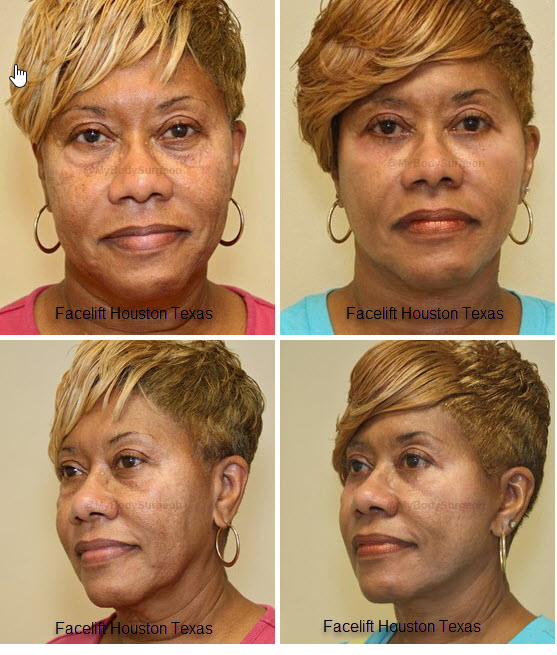If you are a man over the age of 40, have been considering getting facelift surgery in Houston TX. I think that it is safe to say that most people who opt to get this type of cosmetic surgery in Houston TX would choose to go with a reputable and established plastic surgery center. If you were to do a simple online search for Texas facelift surgery centers, you would find that there are quite a few listed. The question is, which one would you want to go with?
The first thing you should look at when trying to decide which plastic surgeon to go with is board certification. Just like any other medical professional, not all doctors are trained the same. There are some surgeons who are licensed and certified by the Texas board of plastic surgeons. Others are not certified by this board. The ones that are certified by the board are the ones you want to choose.
Also consider the amount of experience that the doctor has had with facelift surgery. You would probably like to choose someone who is younger than you, but how does age factor into this? Most plastic surgery experts will tell you that younger patients are more likely to have complications and have their procedures performed on the more complex side. This does not mean that someone older than 40 would not be a good candidate either. It simply means that there is more risk involved with the younger generation and so they have a higher risk of complications during surgery.
Another factor that goes into deciding which facelift surgery in Houston TX plastic surgeon to go with is their reputations. If you ask people who have gone through facelift surgery how their experience was, you will find that you will hear many horror stories about things that did not go as planned. This does not necessarily mean that the doctor is a bad doctor, but it does cast doubt on their ability to handle complicated plastic surgery. If you find a doctor who has performed many successful surgeries then this is a very good sign.

For more information about facelift surgery contact Houston double board certified plastic surgeon Dr Nguyen at Sugar Land Plastic Surgery
Many plastic surgeons in Houston TX are very well versed in the plastic surgery area and know all of the steps to take from beginning to end. They will often be able to answer your questions and help you plan your treatment as well. They will make sure that you are taken care of right from the start, and you can rest assured that they will do everything possible to make your facelift surgery in Houston Texas a success.
If you are considering facelift surgery in Houston TX, the best thing that you can do is to choose one very well-qualified plastic surgeon. Once you meet with them, it will be up to you to choose which procedure is right for you. If you have any reservations or if there are any questions, don’t be afraid to ask. Good plastic surgeons are used to dealing with patients just like you, and they will treat you with the utmost professionalism and respect. If you choose to have facelift surgery in Houston, it will be very rewarding for you as well as your family. It is an important decision that you will hopefully make.
 Music download websites are just one of the greatest organizations on-line nowadays. According to marketing research, electronic music sales have actually expanded by 300 percent from the previous year. This talks a great deal about the popularity and selection of on the internet music download sites over various other offline techniques to download new music or nearly any music video and music downloads. There is fairly a handful of music download websites that let you download brand-new music and video so it can obtain a bit complicated. Keep reading to figure out more regarding selection of music download sites – where to download new music and music videos.
Music download websites are just one of the greatest organizations on-line nowadays. According to marketing research, electronic music sales have actually expanded by 300 percent from the previous year. This talks a great deal about the popularity and selection of on the internet music download sites over various other offline techniques to download new music or nearly any music video and music downloads. There is fairly a handful of music download websites that let you download brand-new music and video so it can obtain a bit complicated. Keep reading to figure out more regarding selection of music download sites – where to download new music and music videos.